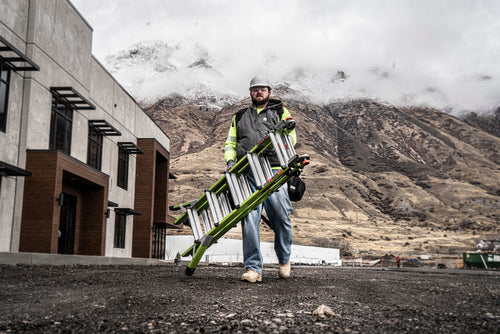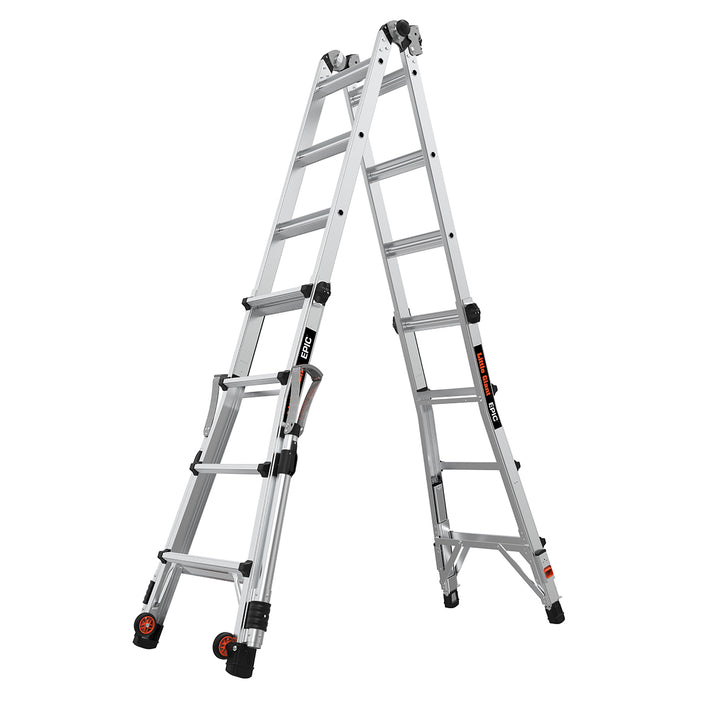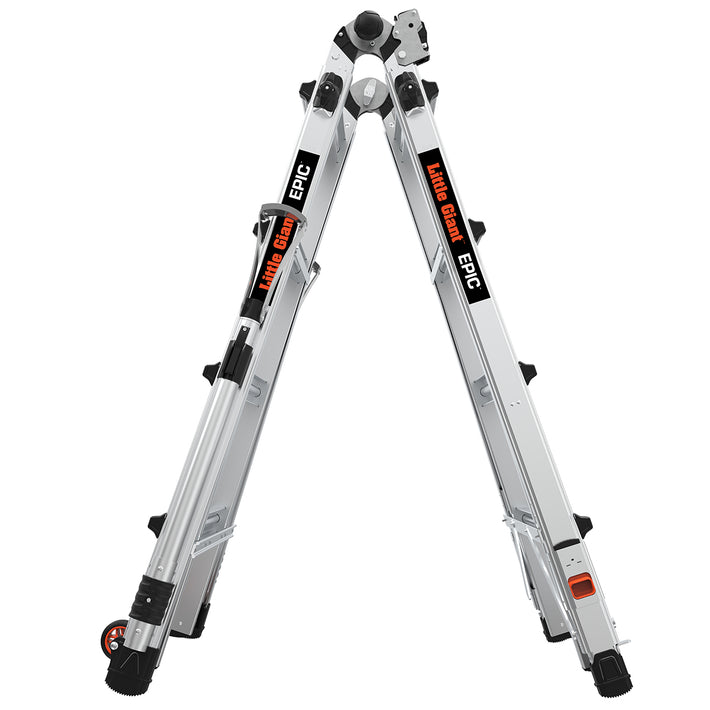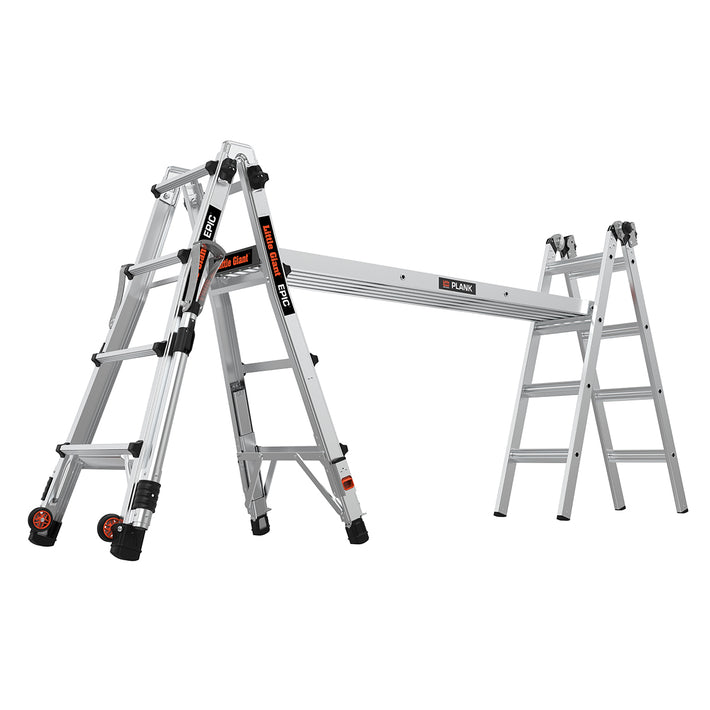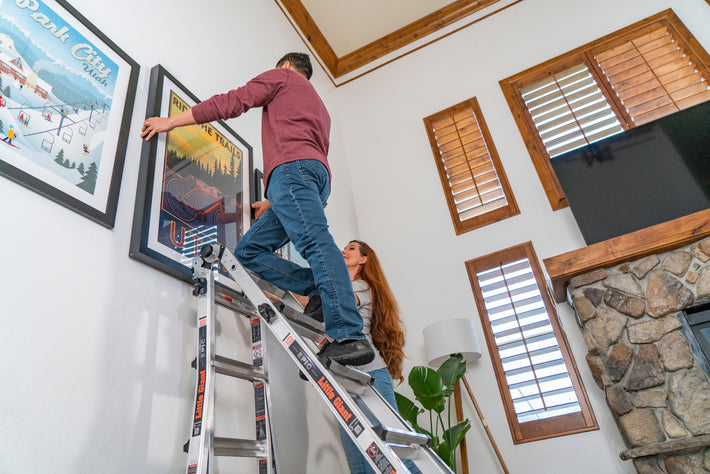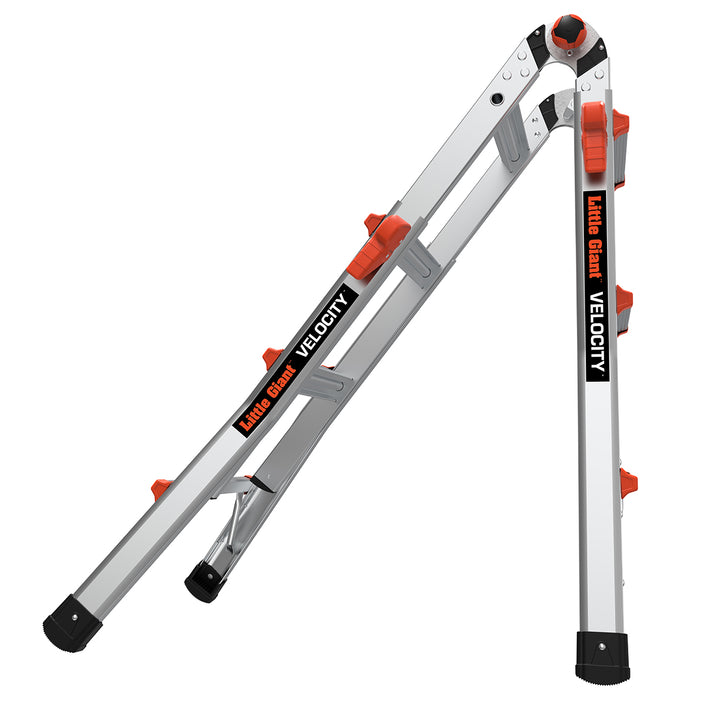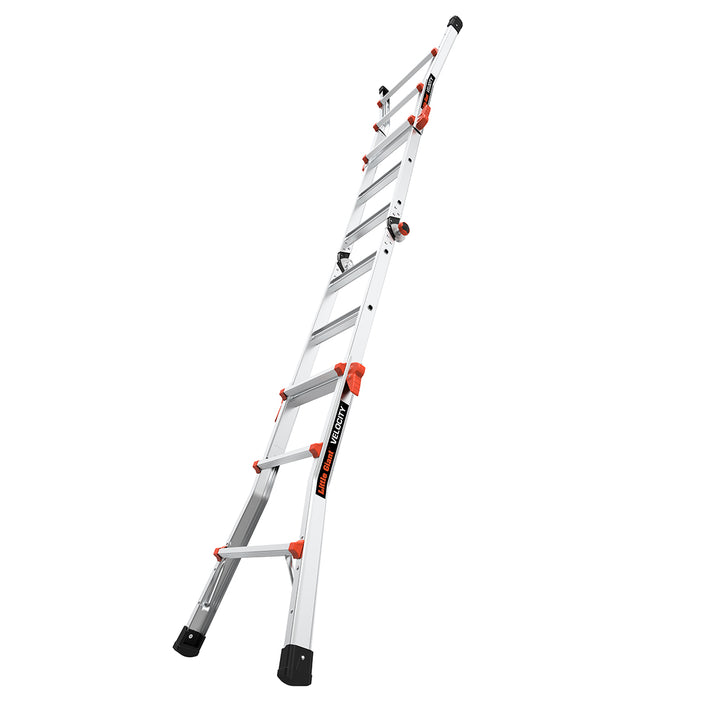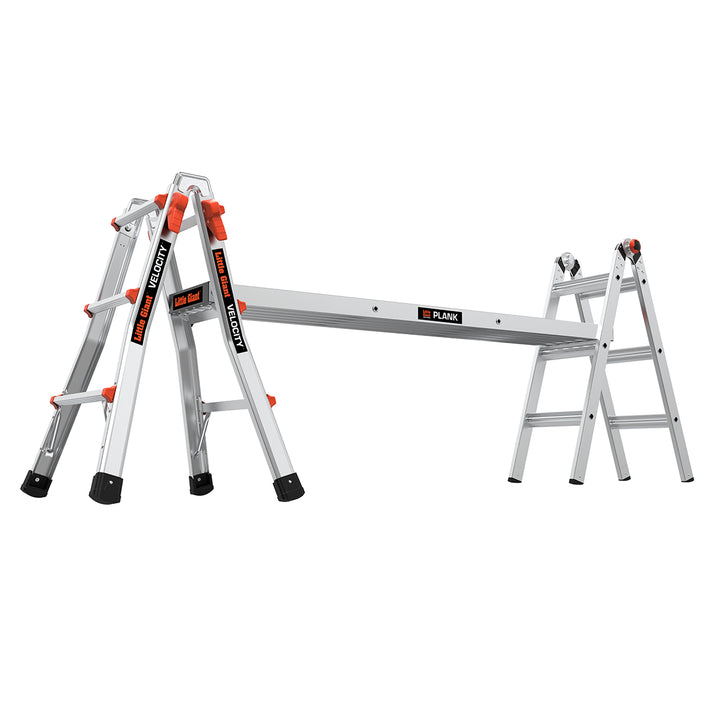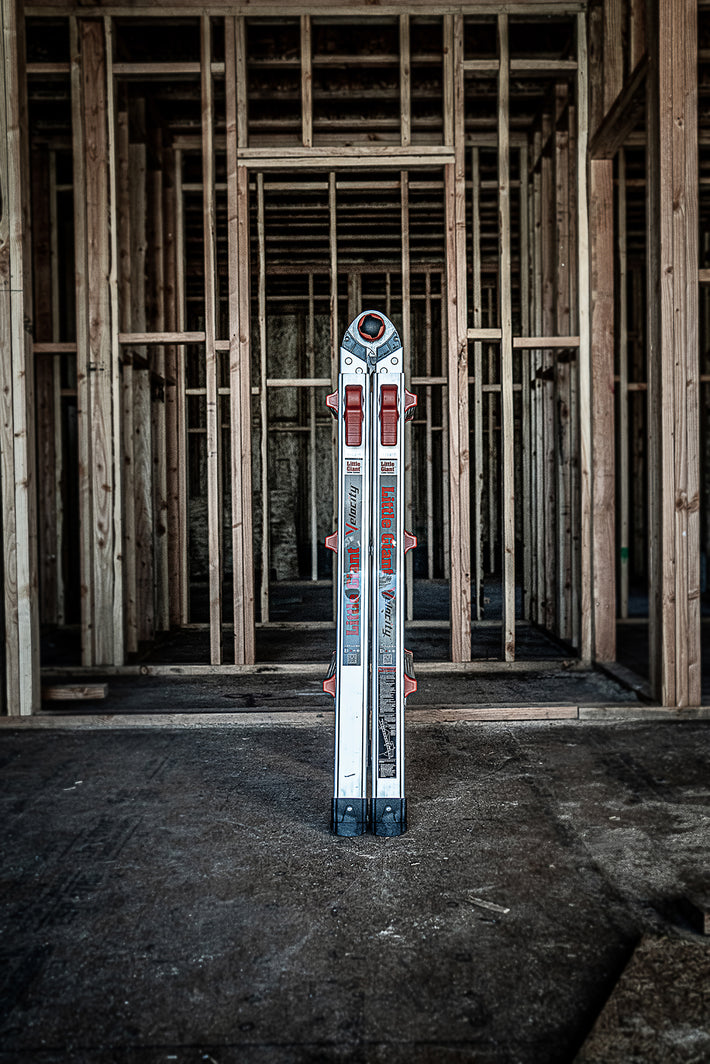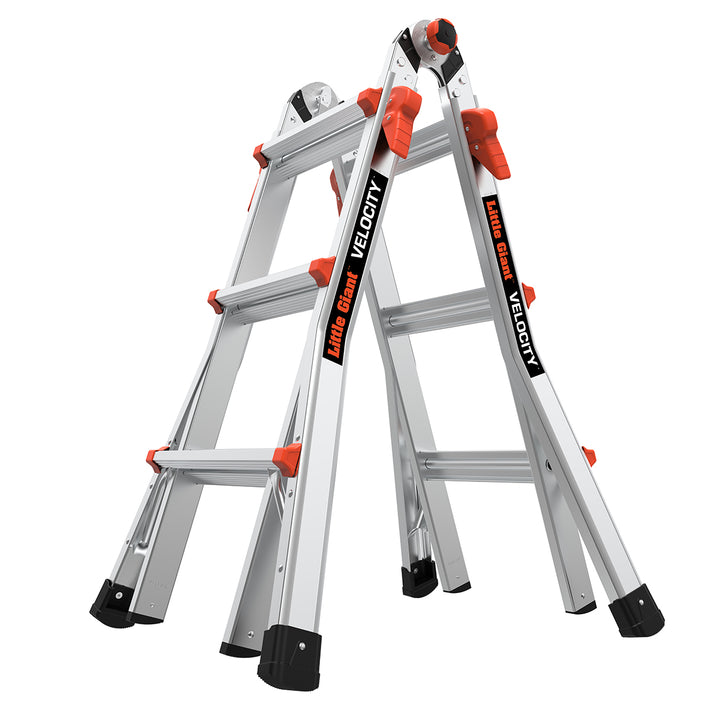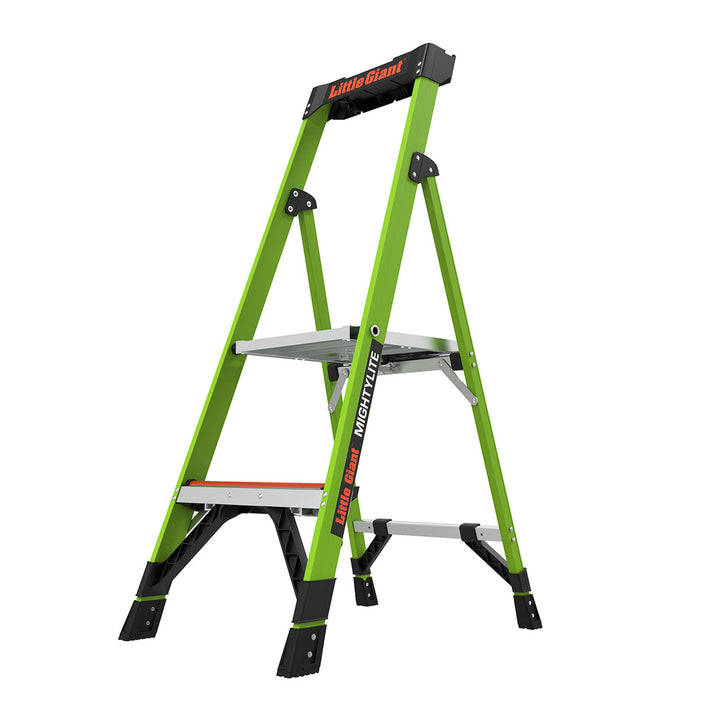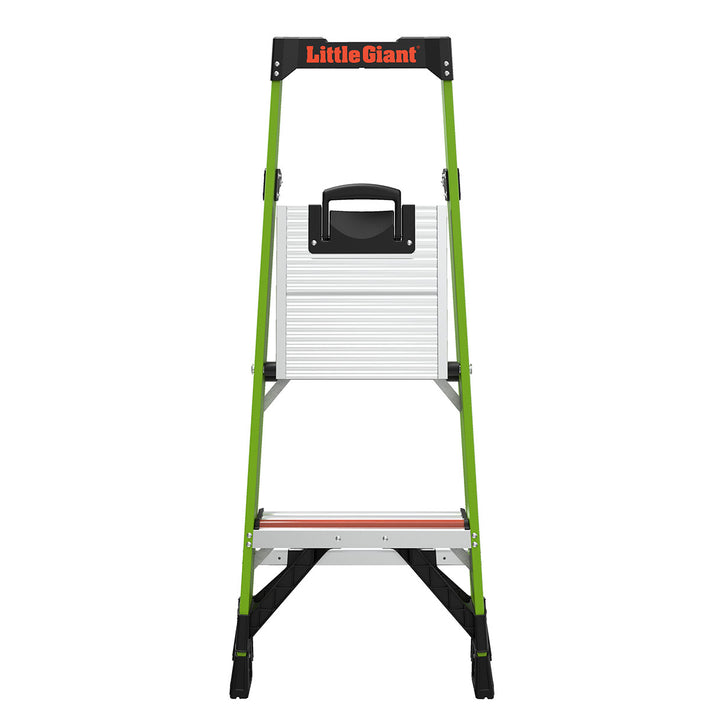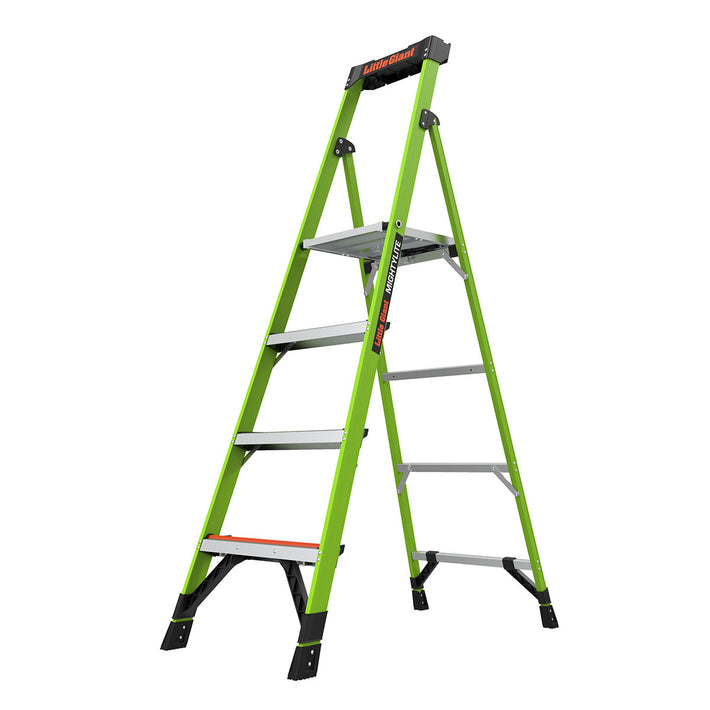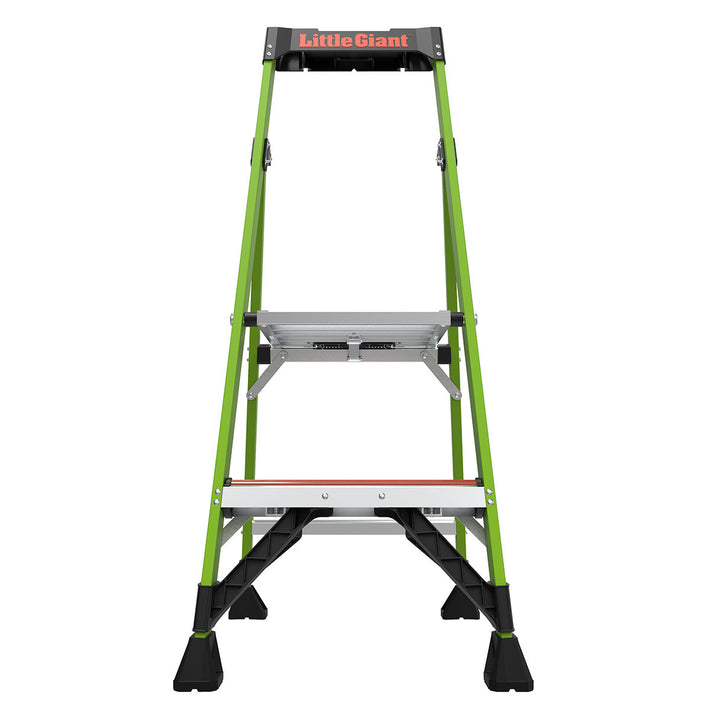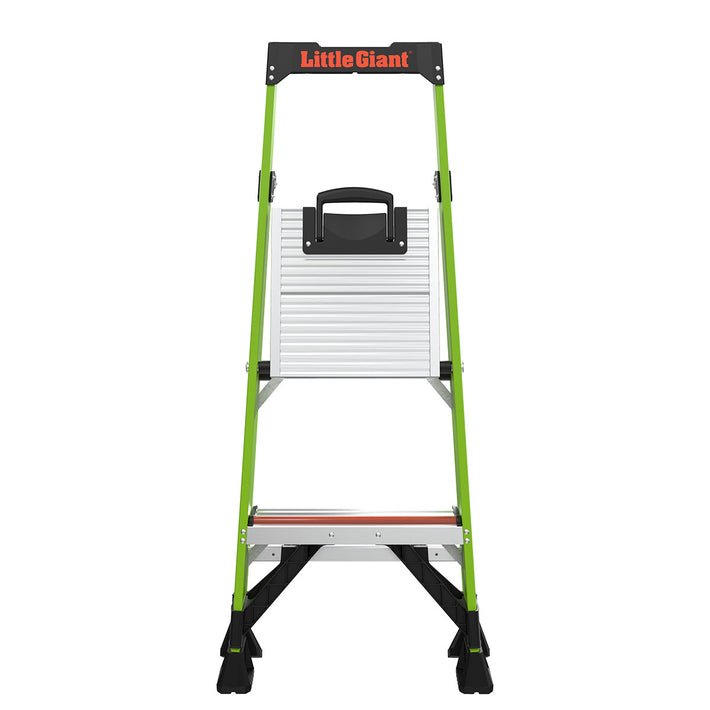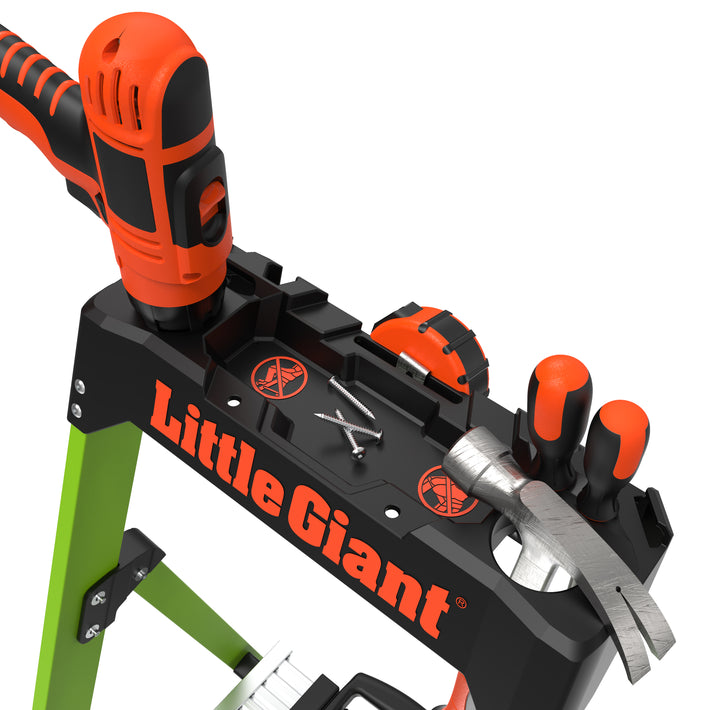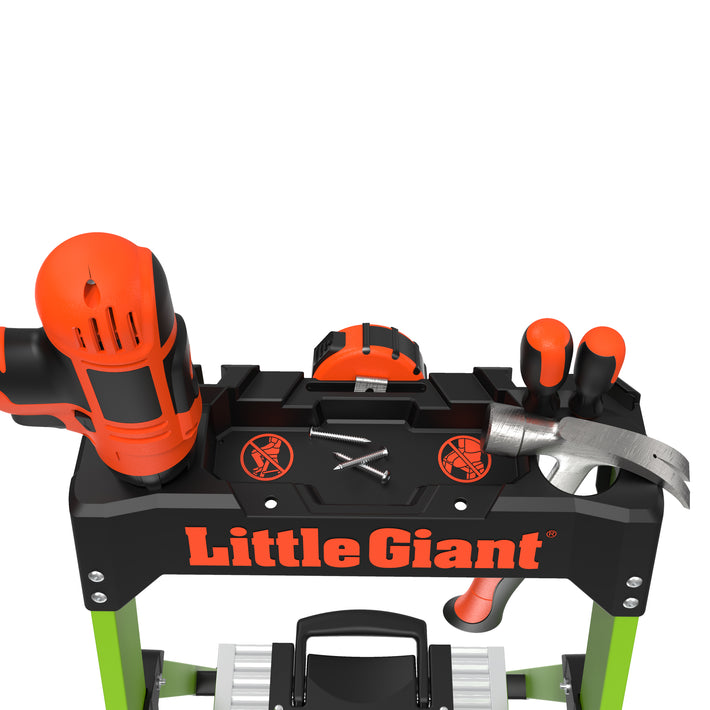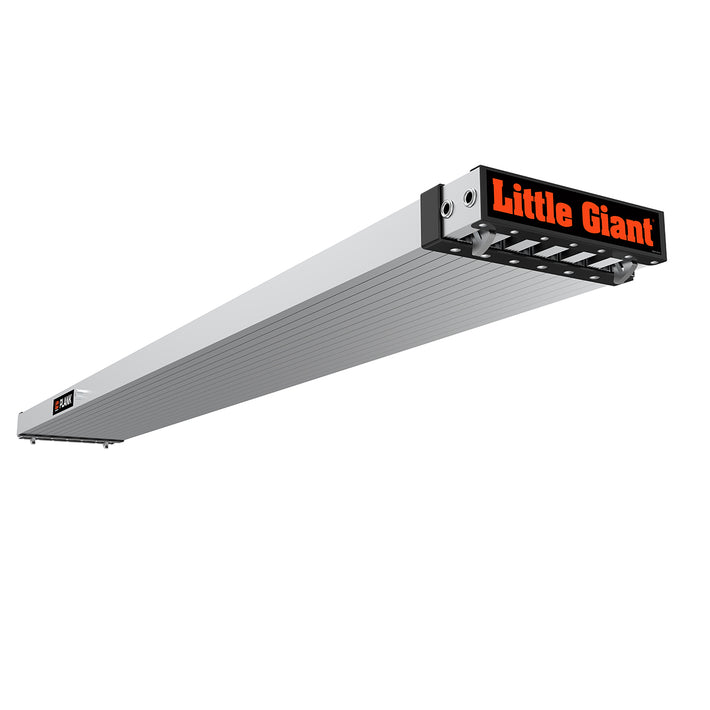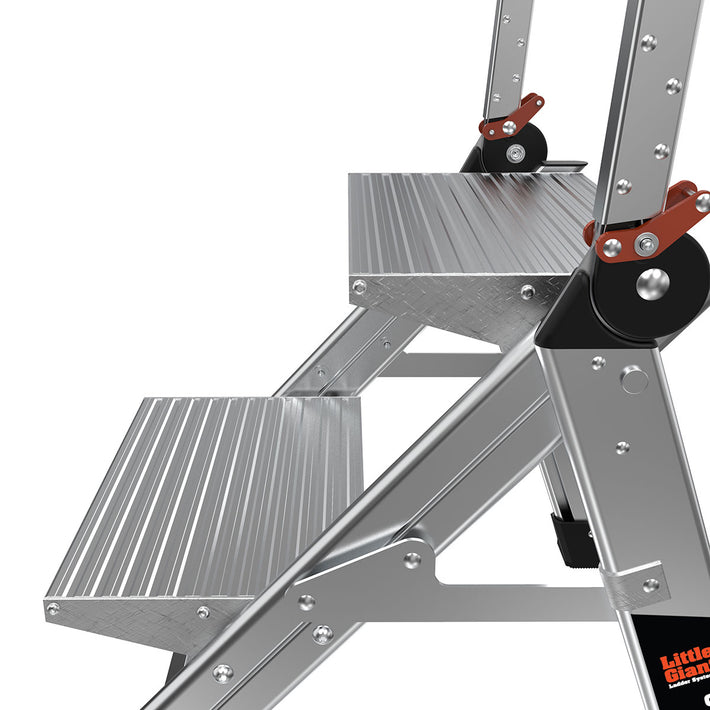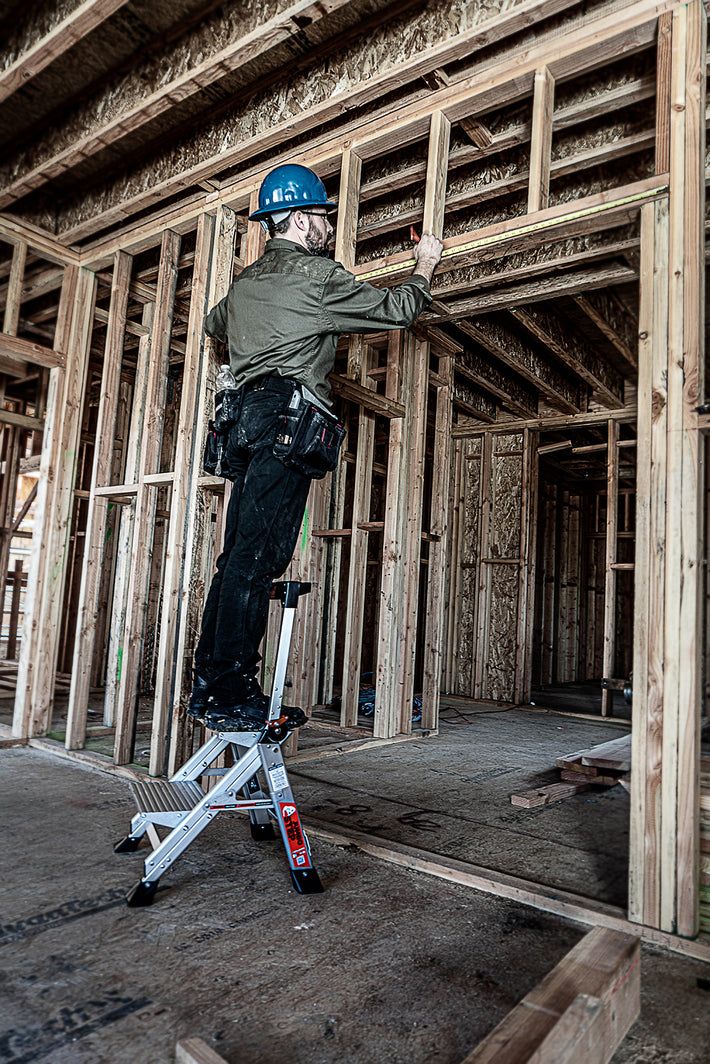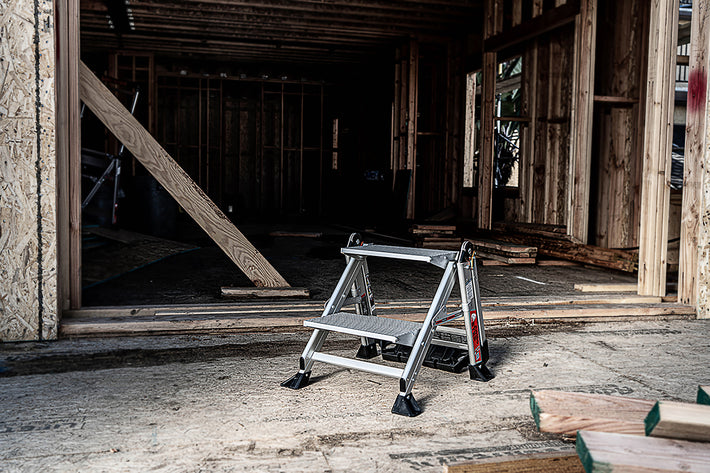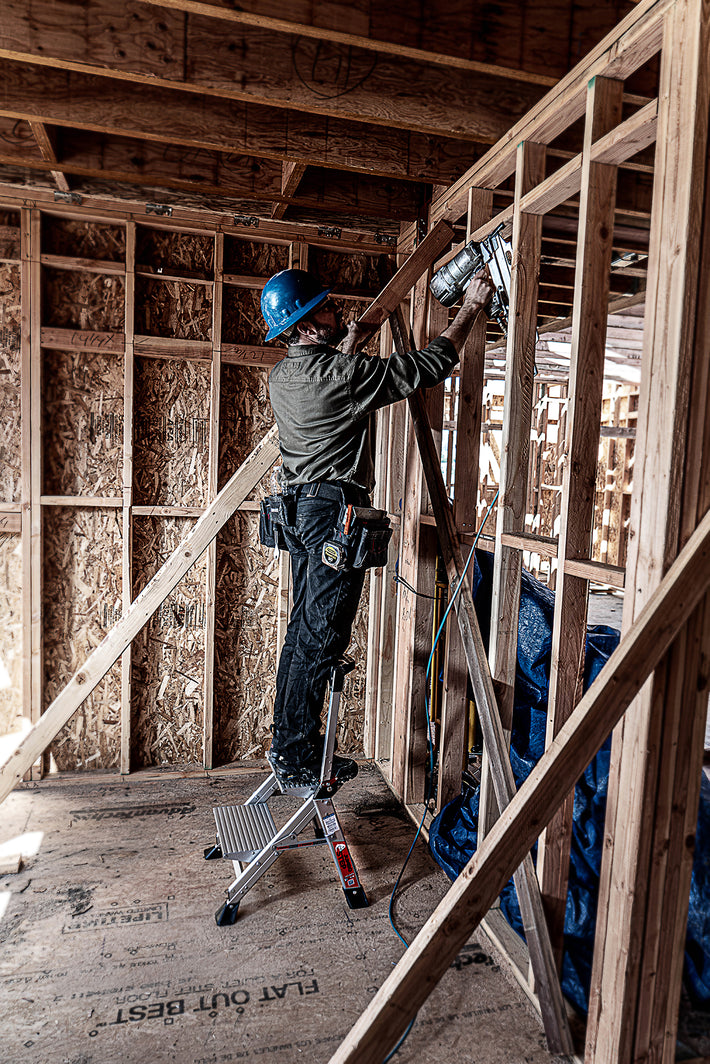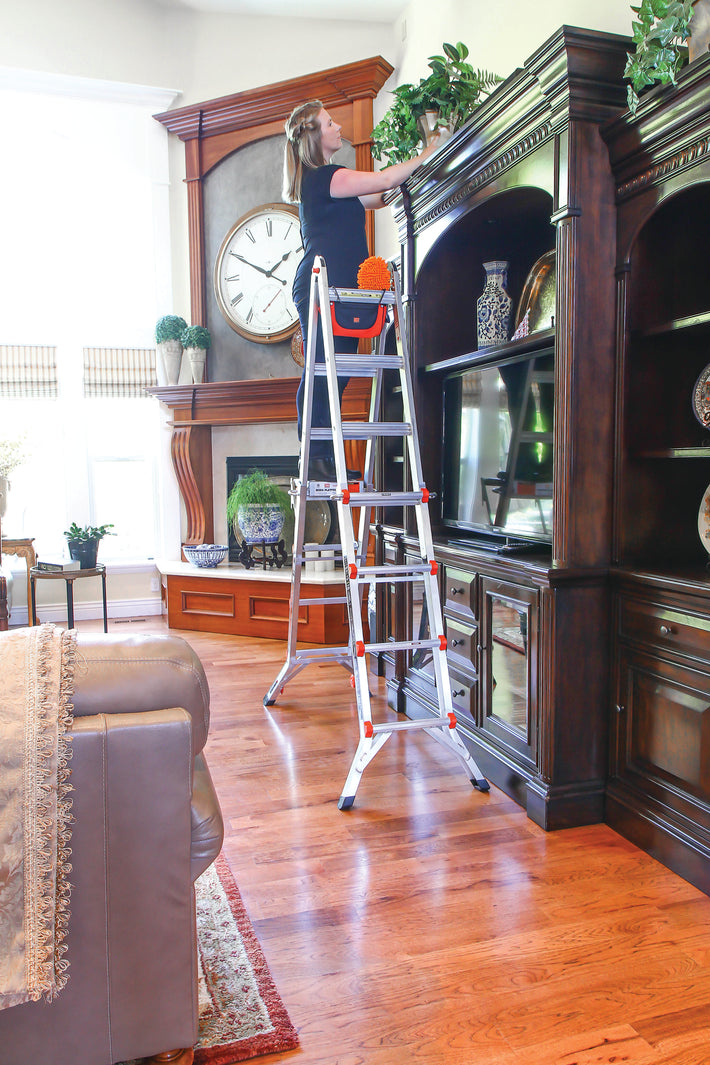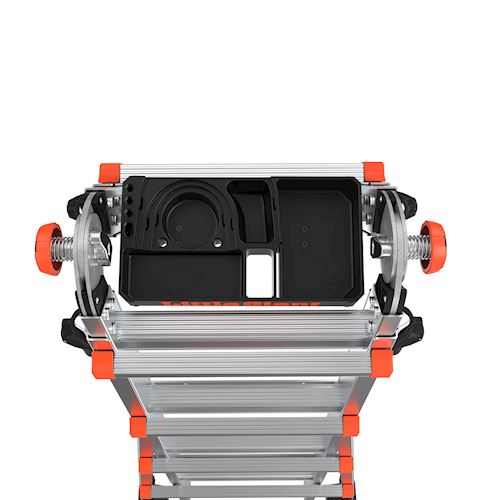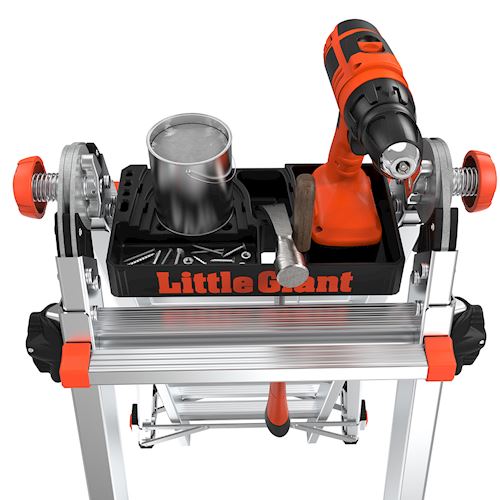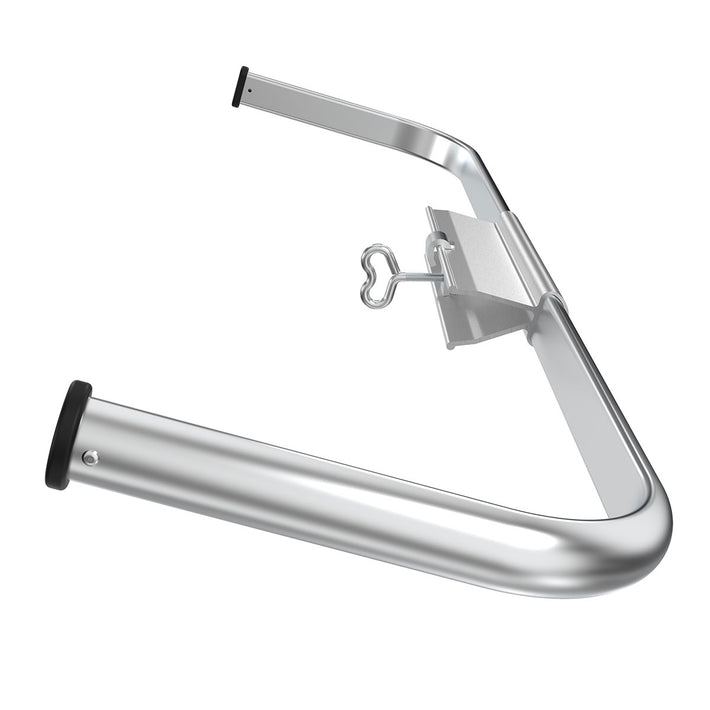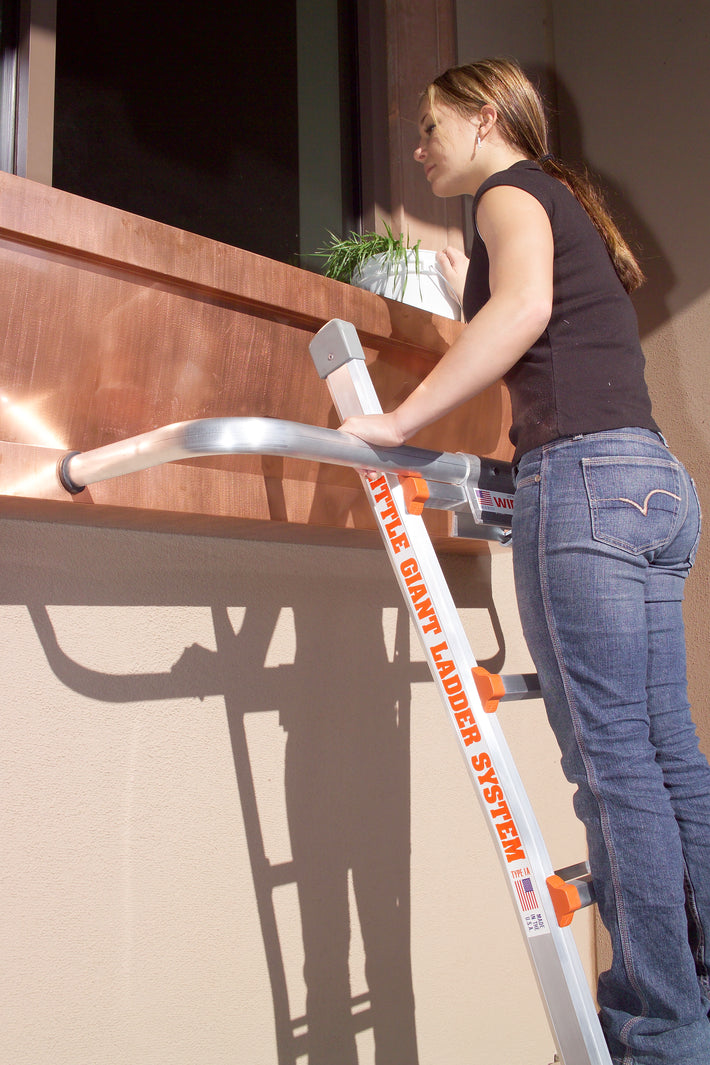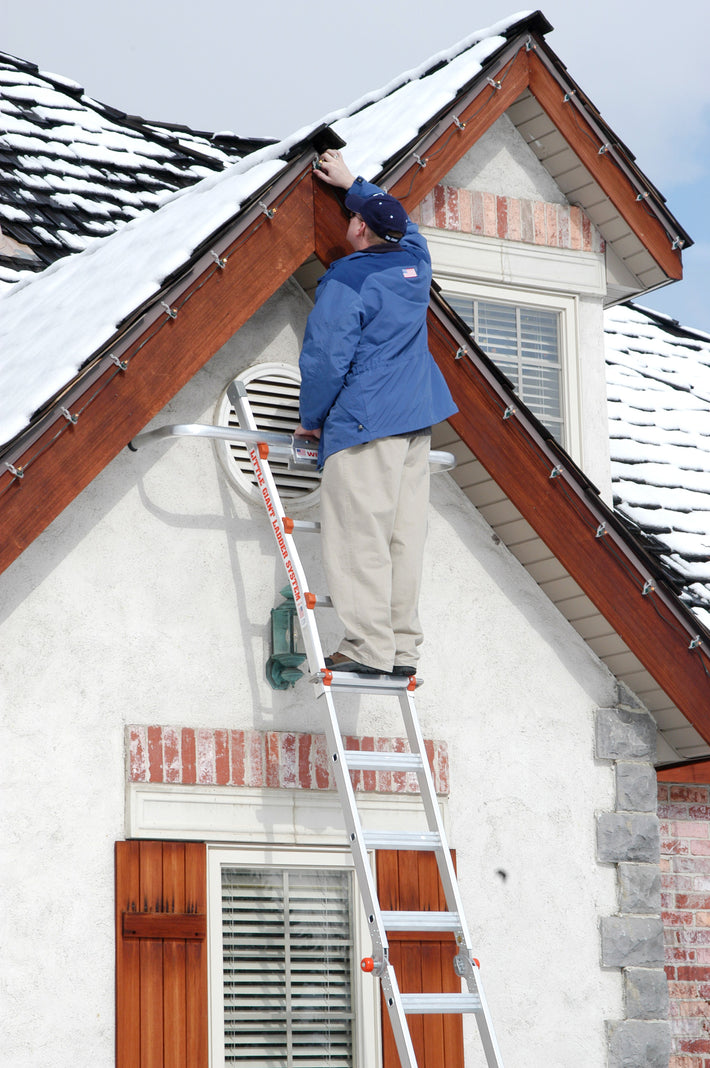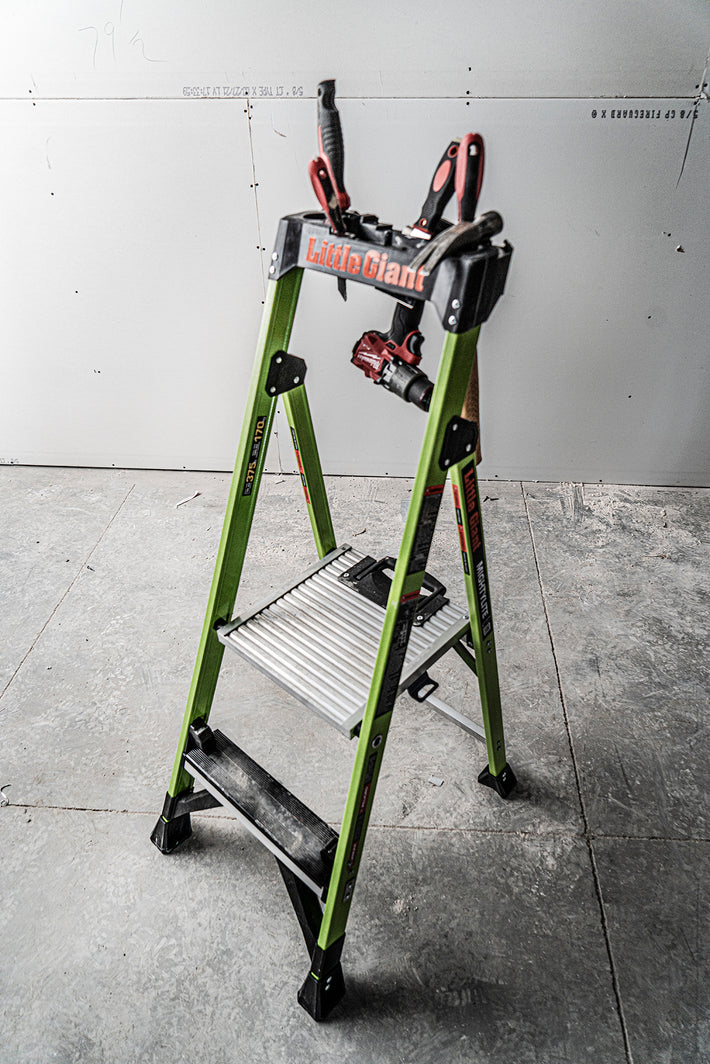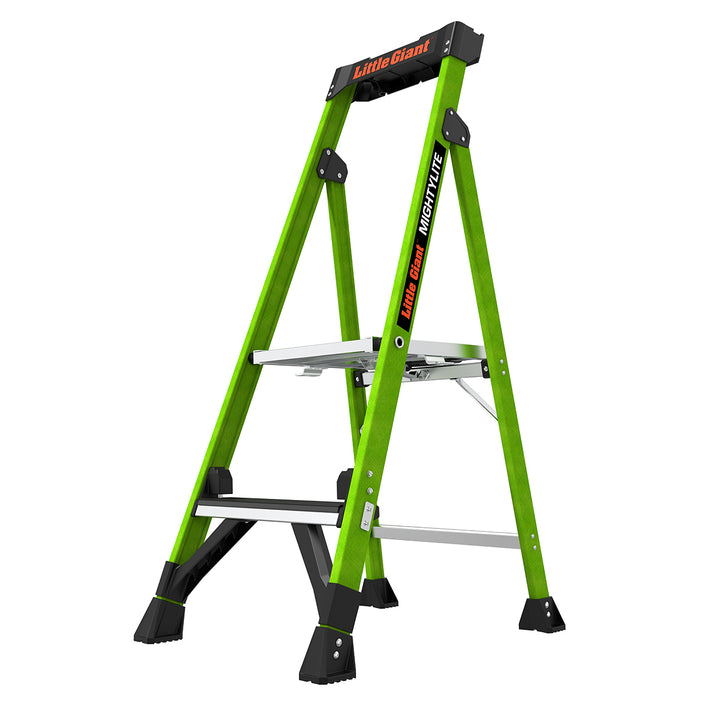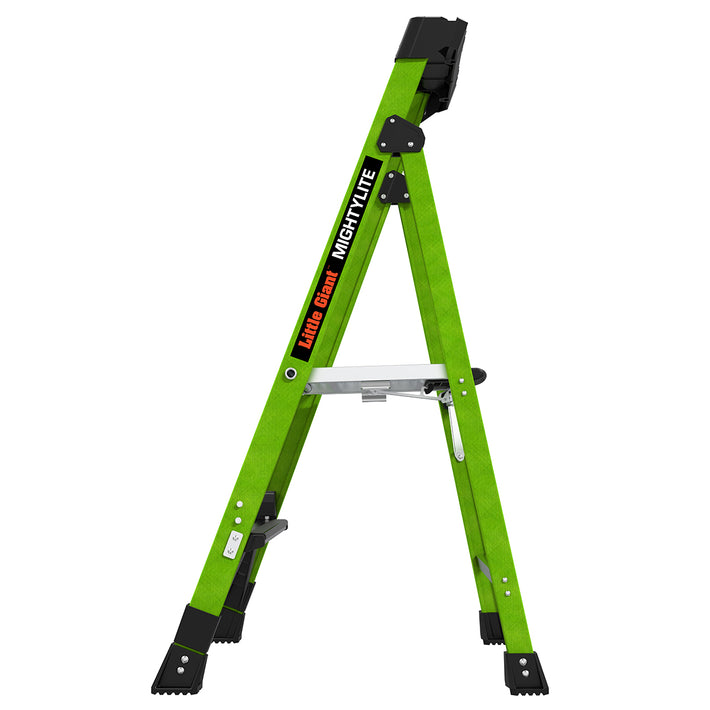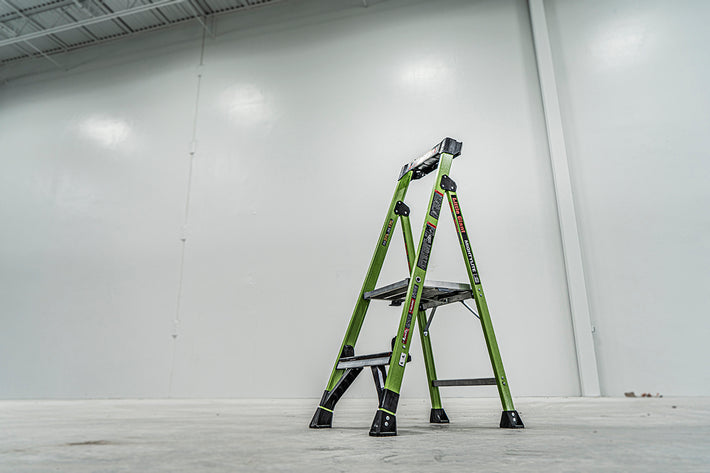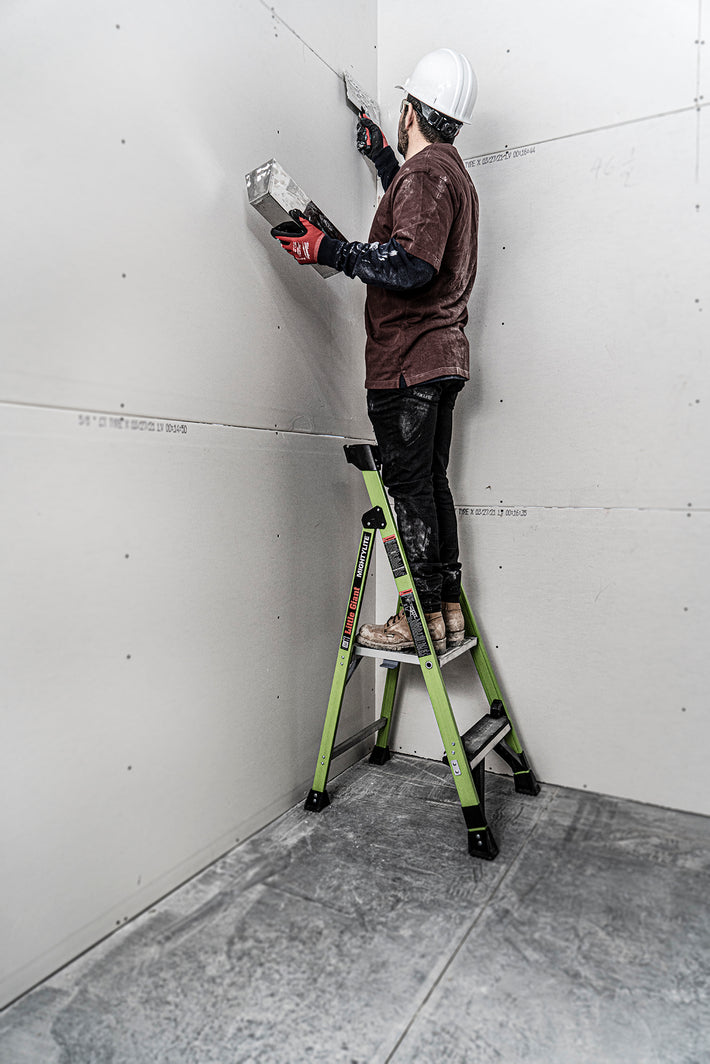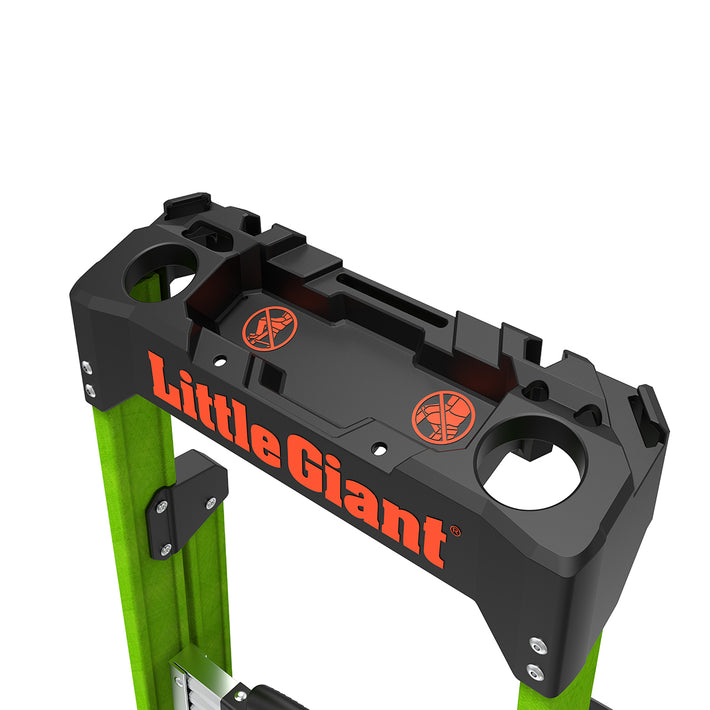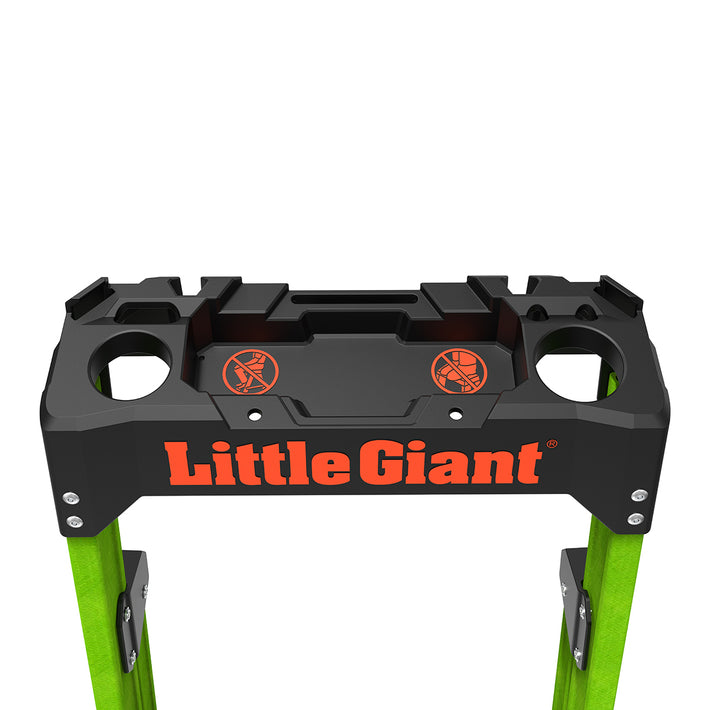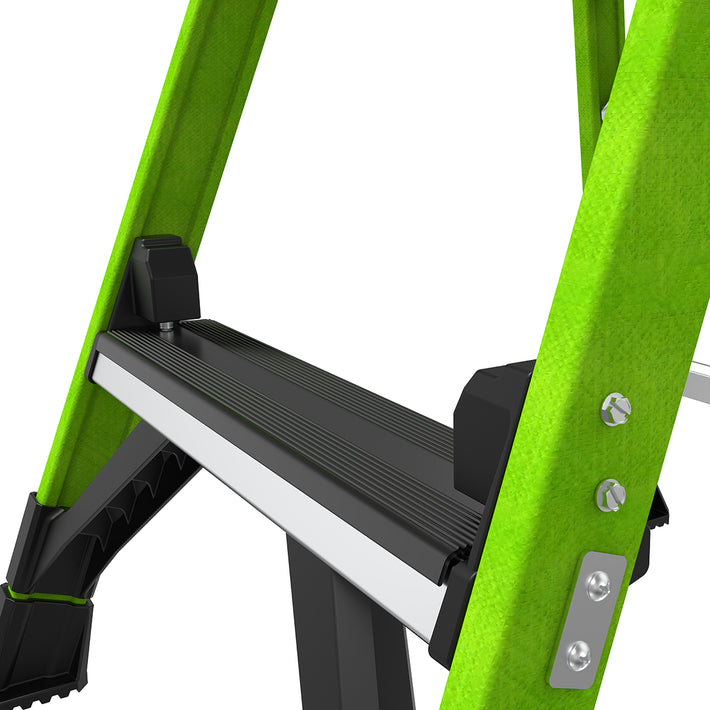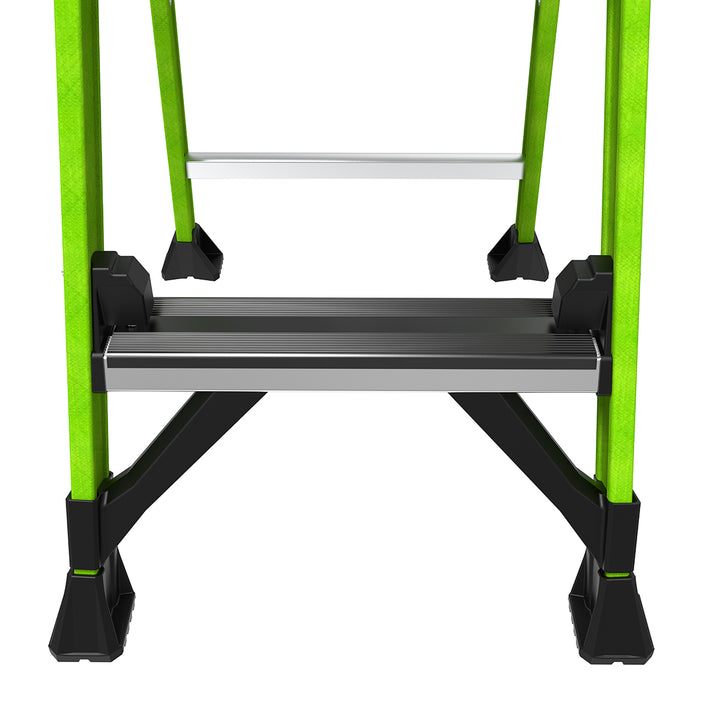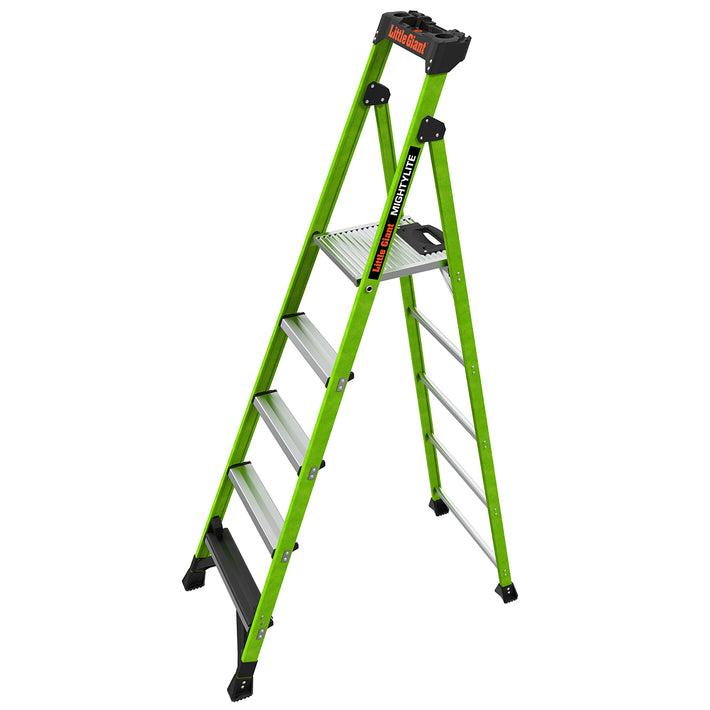National Ladder Safety Month: Stats and Trends
Welcome to week 2 of National Ladder Safety Month. This week, we’ll be getting into the weeds behind ladder accidents: where they happen, why they happen, and how they happen. If we’ve learned anything from rigorous product beta testing, it’s that understanding the problem is the first step to finding solutions.
Top Ten, Baby . . . Wait.
On the Occupational Safety and Health Administration’s (OSHA) “Top 10 Most Frequently Cited Standards Violations” list, ladder-specific citations take spot number five. Seeing as the first and eighth spots have to do with fall protection, the ladder industry has a pretty serious monopoly on that list. According to the CDC, 81% of fall injuries in the United States involve a ladder. Not good.

And that’s only the beginning. The CDC also reports that the estimated annual cost of ladder injuries in the US is $24 billion, including work loss, medical, pain and suffering, legal and liability expenses. That’s over 20 times more cash than the ladder industry’s total yearly revenue. If that were aerospace, nobody would step on a plane again.
Accident rates haven’t gotten much better in the last few years. According to the International Association of Certified Home Inspectors (InterNACHI), over the past decade, the number of people who have died from ladder falls has tripled, with the United States leading the world in ladder deaths.
Looking at the Data from Six Feet Up
So how does this rather depressing look at one of the most dangerous household and jobsite tools in the world help us?
The answer is that we’re learning where, why, and how ladder accidents are happening, which means we can better target our training and product design.
For example, a 2007 study in the American Journal of Preventive Medicine detailed the demographics and treatment of reported ladder accidents over the course of a 15-year period. Interestingly, 97.3 percent of those accidents occurred in “non-occupational settings, such as homes or farms.”

The 2020 American Ladder Institute (ALI) report showcases a variety of on-site incidents, but identifies a commonality between most reported accidents: 62% were carrying materials while climbing, compromising their three points of contact.

In a Harvard School of Public Health study that surveyed 254 ladder fall victims across 65 US hospitals, ignoring cases where the ladder moved due to improper setup, the most common mechanism leading to a ladder fall was a “Foot Miss / Slip.” Additionally, a study from the CDC recorded fall height across ladder fall injuries from 2004 to 2014, finding that 50% of non-fatal injuries occurred below 10 feet.

And these are just a few case studies from a massive amount of data detailing ladder accidents over the last 30 years.
Turning Charts into Rungs
You might be wondering: how does this information convert into actionable training and design choices?
Well, let’s take a look at what we’ve learned from the studies above:
- A majority of preventable accidents occur not on the job site, but when homeowners break out their inherited, 30-year-old ladder for a quick roof project.
- Users are commonly carrying other tools while climbing, making them less likely to have three points of contact with the ladder.
- Side tip is much less common than missing a rung, and ladder falls resulting in injuries often occur at much lower heights than expected.
Then, lets consider the implications on training and design:
- Our broadcasting and training materials should target the homeowner as well as the industrial worker.
- Ladders need easily accessible slots, holsters and locks for trade tools and other on-the-job equipment.
- Ridged or otherwise non-slip steps are crucial to ladder safety, as well as knowing how many rungs you have left before transitioning to the ground.
If you’d like to see how Little Giant has begun implementing these solutions, join us for week 3 of Ladder Safety Month. We’ll be taking an in-depth look at how Little Giant’s innovative product design is tackling these accident numbers head on.
***
2022 National Ladder Safety Month:
- Week One – Introduction to Little Giant’s New Safety Goal
- Week Two – Ladder Accident Statistics and Trends
- Week Three – Safety Solutions Through Innovative Product Design
- Week Four – LIVE Education Through Broadcast Training
Additional Resources:
- Facebook: www.facebook.com/LittleGiantLadders
- Twitter: https://twitter.com/littlegiant
- Instagram: https://www.instagram.com/littlegiantladders/
For more information contact:
Email: pr@ladders.com


